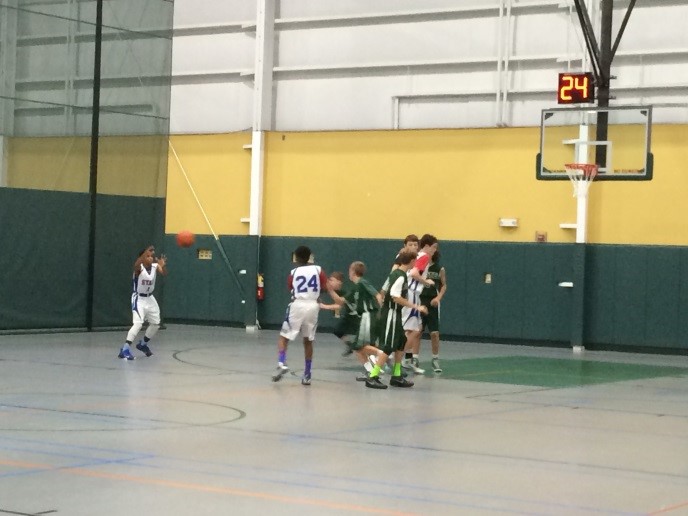2016 Summary
Principal investigators: Dimitris Placantonakis and Jayeeta Basu, NYU School of Medicine
Glioblastoma (GBM) is a deadly brain tumor affecting children and adults. The biology of GBM is not well understood and, as a consequence, treatments are limited and ineffective. GBM grows rapidly and invades normal brain tissue, but never metastasizes to other organs. This suggests that the brain environment is not only conducive but also essential to GBM growth. Conversely, as these tumors grow in the brain, they cause a number of problems, including seizures and neurologic deficits. These facts indicate a bidirectional functional interaction between GBM and brain tissue.
With the support of a CBTF grant, we propose to elucidate mechanisms that underlie this interaction. The premise of our research plan lies in the fact that tumor cells express proteins called ion channels that respond to electrical signals normally used by the brain to function. Indeed, we discovered that GBM cells manifest spontaneous waves of electrical activity that suggest inherent “electroresponsiveness”. To understand this phenomenon, we will determine which ion channels are responsible for this electroresponsiveness using GBM cells that we have collected from surgical specimens. In addition, we will test whether these waves of electrical activity are required for GBM growth. Finally, we will clarify whether GBM cells cause abnormal electrical activity in human neurons when grown side-by-side. To carry out these experiments, we will use state-of-the-art technology that includes: patient-derived cultures of GBM cells; human embryonic stem cell-derived neurons; live imaging of electrical activity in GBM cells and neurons; and optogenetic manipulation of electrical activity in neurons. Our findings will shed light on a poorly understood but crucial aspect of GBM biology and will hopefully lead to new treatments for GBM.

 Second Annual Ricky Knight Memorial Basketball Tournament
Second Annual Ricky Knight Memorial Basketball Tournament